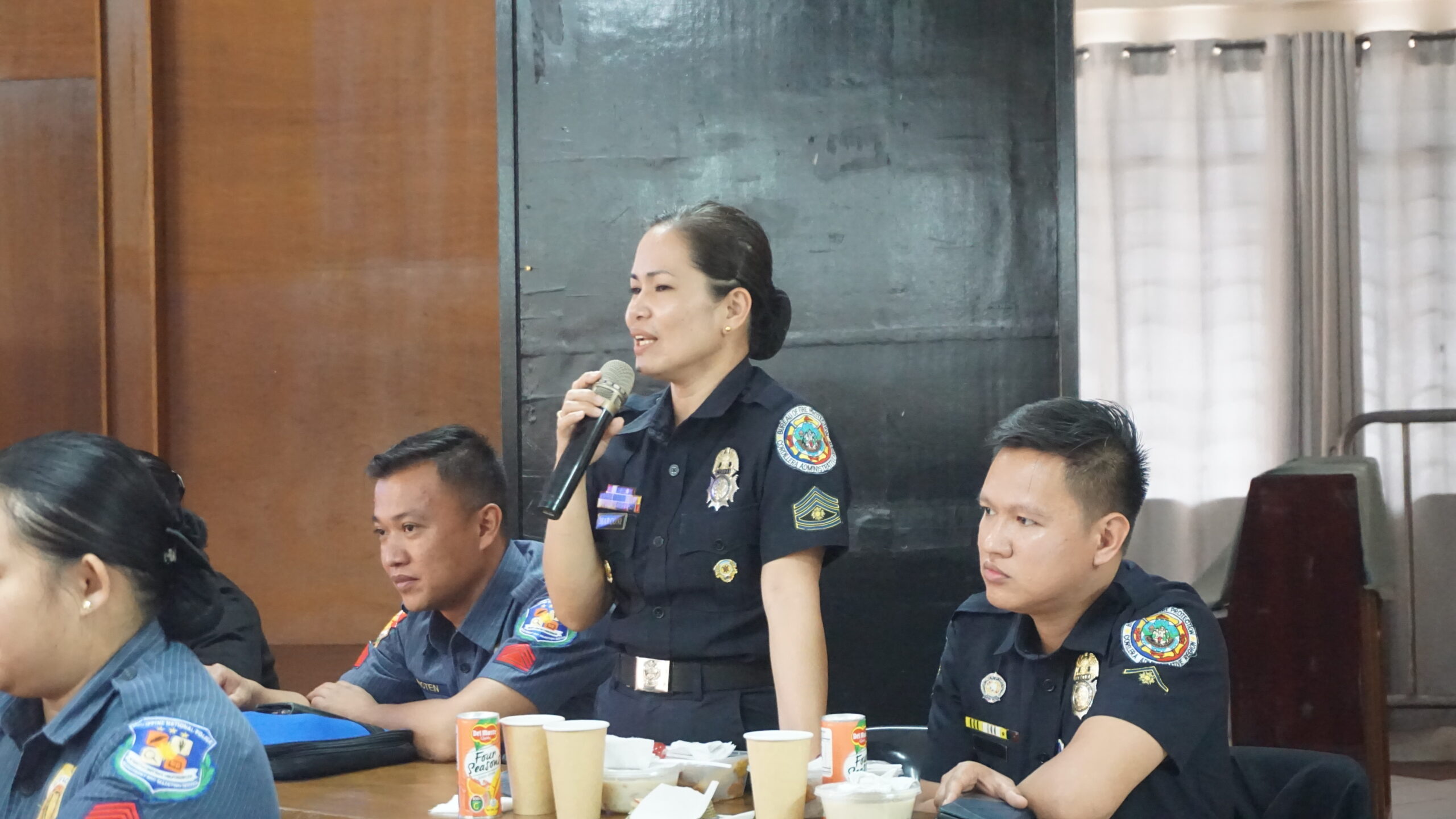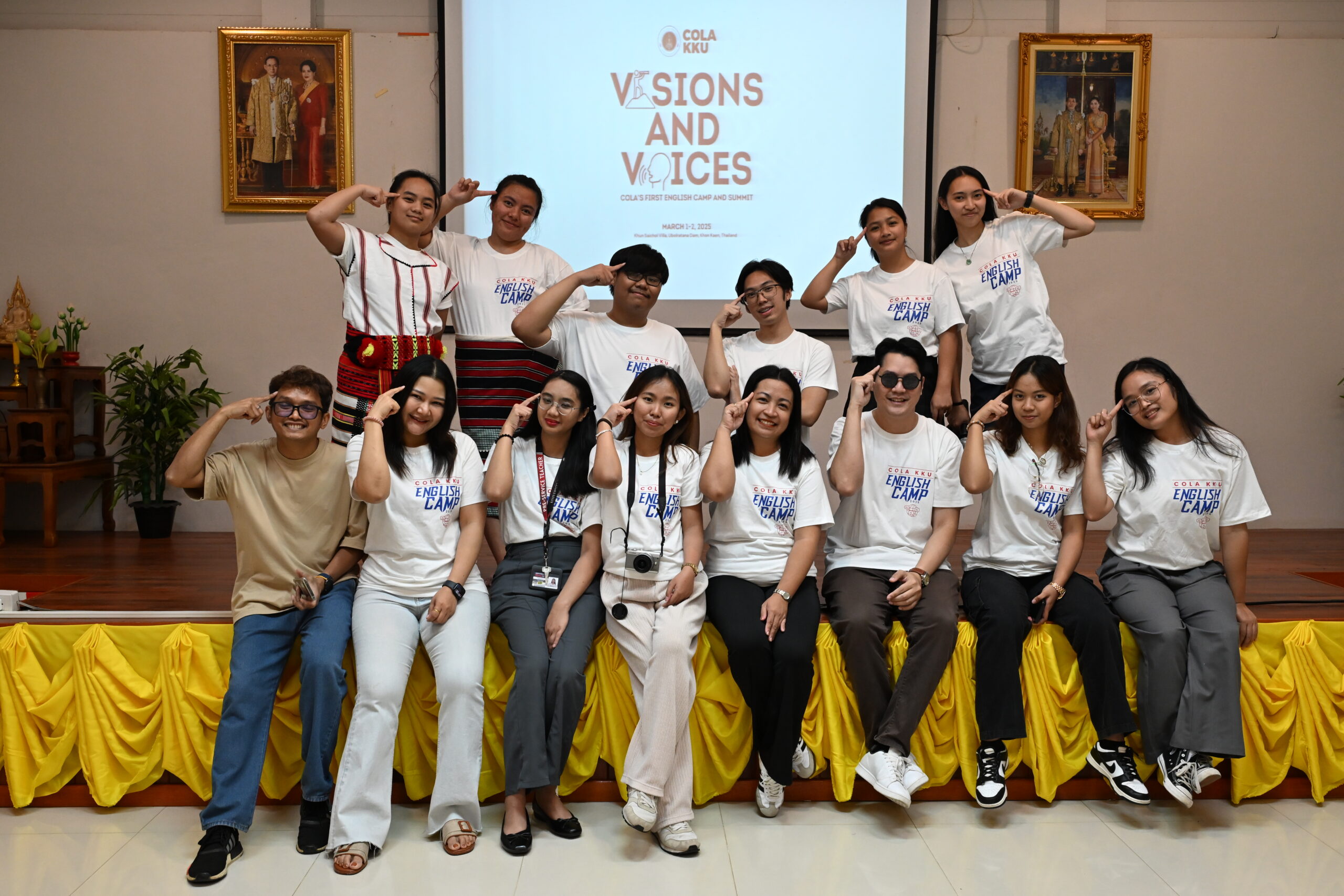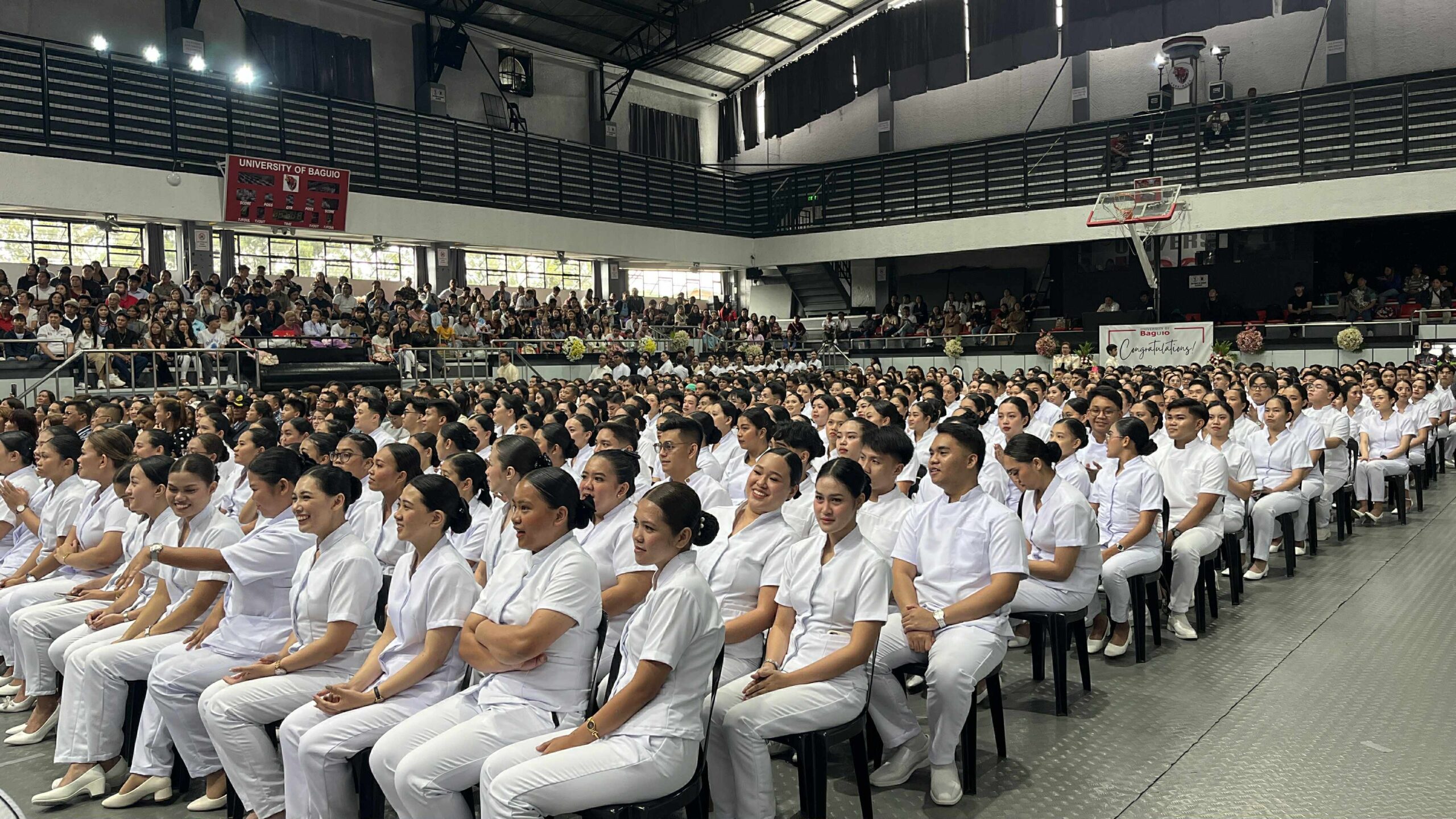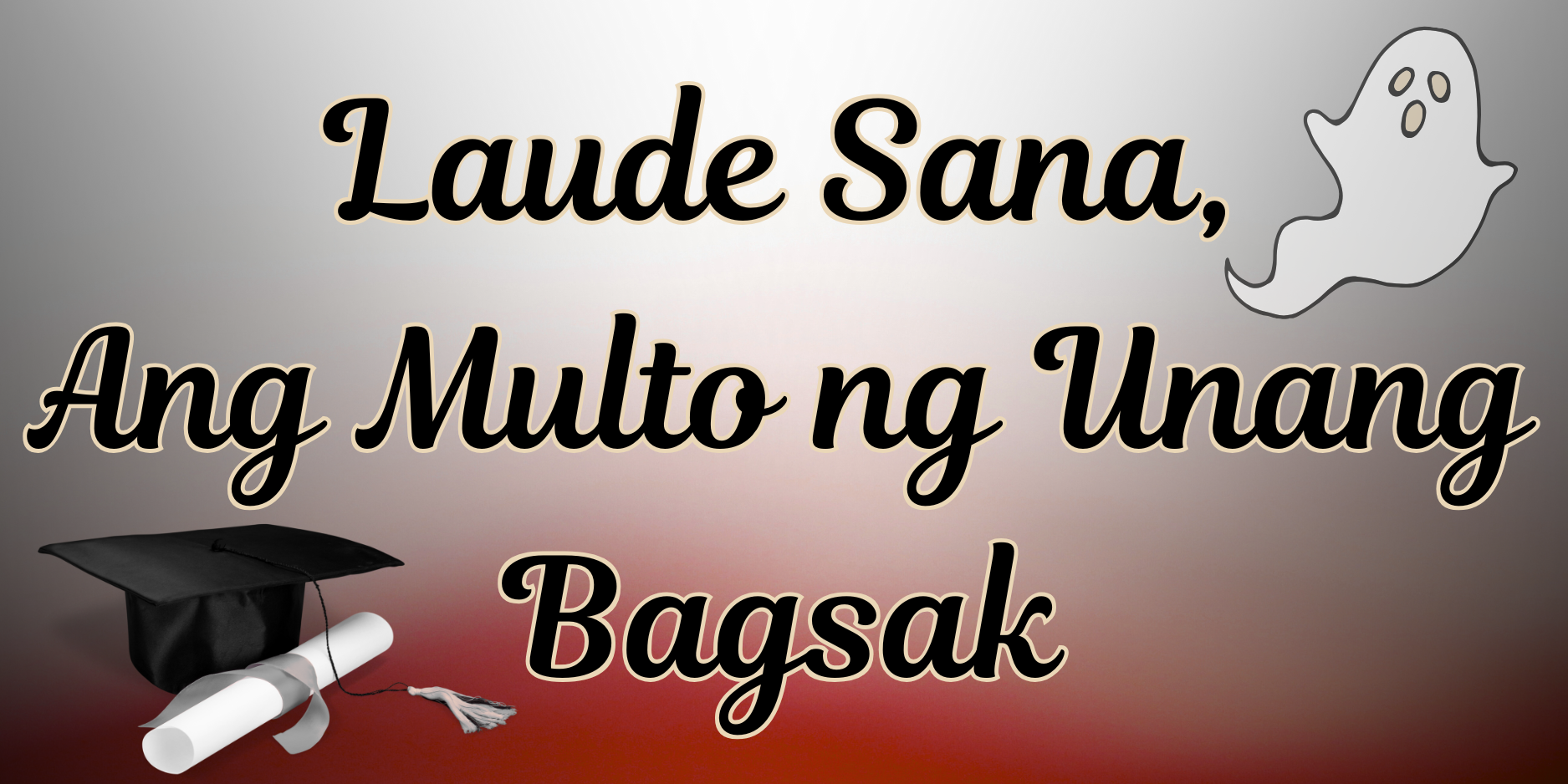Written by Stephie Rose Magno
University of Baguio — The School of Criminal Justice and Public Safety (SCJPS) once again proved why they are the undisputed masters of intrigue and investigation. At this year’s Guidance and Counseling Month, themed “Learning to Be: Building Your Professional Roadmap” and organized by the Center for Counseling and Student Development, SCJPS didn’t just participate—they dominated, clinching yet another championship in a back-to-back victory that left the crowd in awe.
Last year, they gripped the audience with a crime scene simulation titled “Suicide or Murder?”. This year, they took it a step further, immersing the audience in an even more chilling whodunit experience. Visitors stepped into the shoes of crime scene investigators, piecing together key clues, alibis, and motives to serve justice—an electrifying glimpse into the world of criminalistics.
The SCJPS booth was nothing short of a crime lab spectacle, drawing waves of curious spectators—particularly high school students, eager to experience firsthand the thrill of forensic science and law enforcement. The booth was divided into multiple sections, each representing a key pillar in the field of Criminal Justice.

Forensic Anthropology
The star attraction, where real human bones were displayed. Aspiring forensic experts marveled at how SCJPS students train to identify skeletal remains, unlocking the secrets that bones can tell about a person’s past.
Fingerprint Analysis
A crowd favorite, where visitors learned the intricate art of lifting and analyzing fingerprints—understanding the delicate interplay of ridges and furrows that make every individual unique.
Ballistics
In this section, students were taught proper firearm handling using toy guns, emphasizing the cardinal rules of gun safety.
Lie Detection and Document Examination
The old polygraph machine made a comeback, captivating the crowd with its ability to detect deception. Alongside it, the Ultraviolet Machine used in Questioned Document Examination (QDE) showcased how forensic experts analyze handwriting, counterfeits, and ink alterations—a testament to the meticulous work of forensic and criminology students.
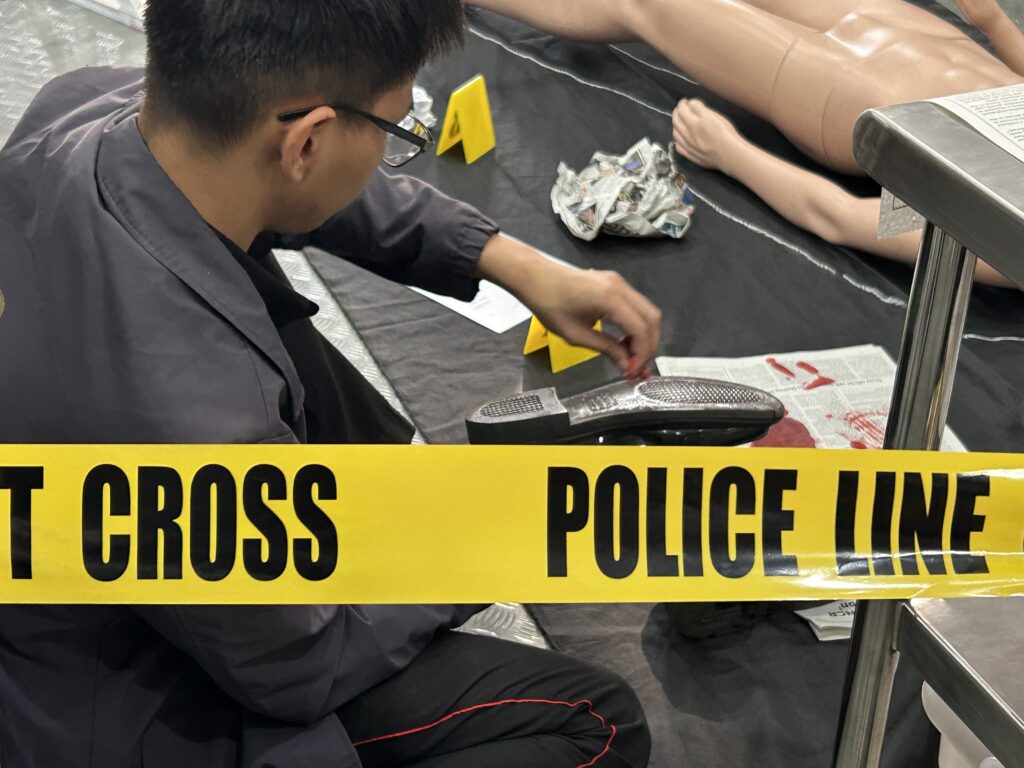
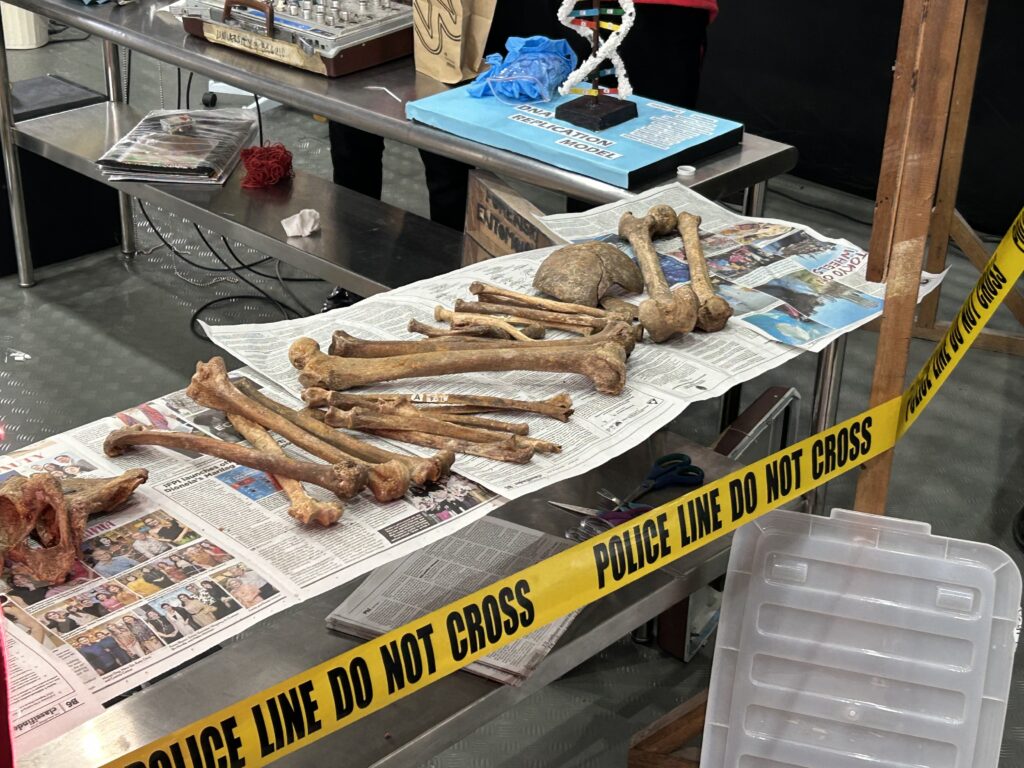

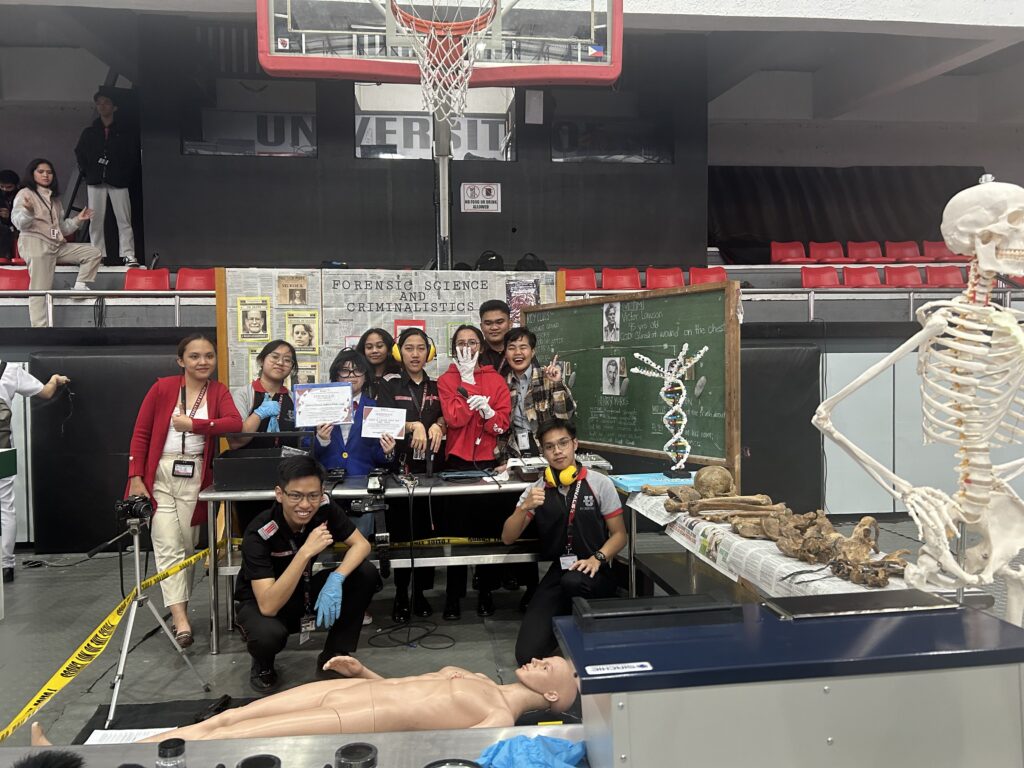
Beyond the exhibits, what truly set SCJPS apart was the passion and expertise of its students, who engaged visitors with hands-on demonstrations, igniting a newfound interest in forensic science and law enforcement. Their commitment left a lasting impact, inspiring future crime solvers.
Held on January 28, 2025, the event was more than a competition; it was a testament to the SCJPS legacy—a legacy built on skill, intellect, and an unwavering pursuit of truth. With this second consecutive victory, the message is clear: SCJPS is not just making history. They are shaping the future of forensic science and law enforcement.


